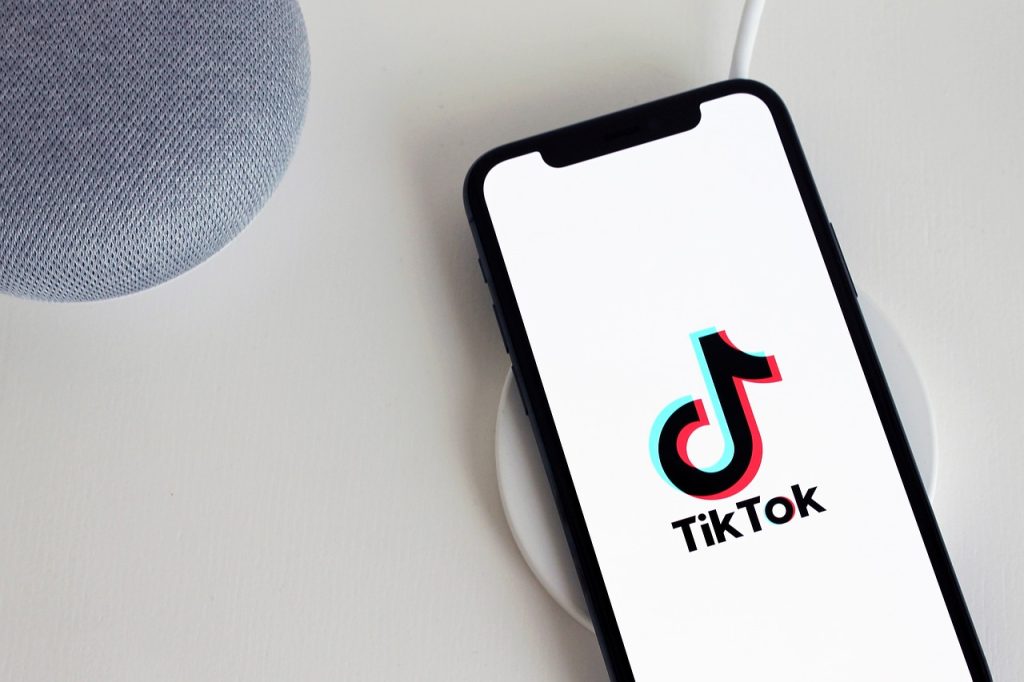Planning for a TikTok Ban

Right now, everyone is wondering what to do about TikTok. Will it get banned? Will ByteDance sell? What do we DO if it gets banned? If you’re feeling uncertain, you are not alone. Many brands and content creators have invested heavily on this platform and gained recognition thanks to it, and a ban would mean a major disruption for them. This article will shed some light on the timeline of the impending ban and help you navigate it, whether you’re a brand marketer or a content creator.

A Bit of Background First
Whether or not TikTok is here to stay has been a topic of discussion for four years. Fears arose when former president Donald Trump attempted to block TikTok in 2020, resulting in strong pushback. In June of 2021, president Joe Biden formally nixed this initiative. However, since December of 2022, the downloading and usage of TikTok by federal employees was barred on government-owned devices.
At the time, a broader ban seemed unlikely given its unprecedented ramifications around censorship and personal freedoms. However, in April 2024, President Joe Biden signed into law the Protecting Americans from Foreign Adversary Controlled Applications Act, which bans TikTok unless the parent company ByteDance sells to a US company. The key information to remember here is — ByteDance will have nine months to sell and if the sale is already in progress after that window, the company will get another three months to complete it.
Could TikTok still pull through? It could. TikTok and a group of passionate TikTok creators are challenging the law in appeals court in September. TikTok and the Justice Department have sought a ruling by December 6 in order to seek review from the Supreme Court, if needed. Given the constitutional implications of such a law, TikTok may still get their way.
TikTok Users’ Reactions to the Ban
Affecting not only brands and creators, a TikTok ban would impact its 150 million American users — that’s nearly half of the US population. TikTok users have responded emotionally to the bill, ranging from sarcastic and knowing, believing the bill will get shot down by the courts, to disappointed and frustrated.
Many audiences feel anxious about TikTok being banned, noting their reliance on TikTok as a source of learning and truth. Additionally, many express feeling like they are loosing their constitutional freedoms, angry at perceived deceit by those in power. Despite the reality of the legislation having passed, users are not jumping ship. If the content creators who have filed a lawsuit in hopes of blocking the law is any indication, creators are willing to fight for the app.
Will TikTok Disappear?
If ByteDance does not sell, TikTok will not disappear from your phone but it would be pulled from online marketplaces such as the App Store and Google Play. Although users that have already downloaded the app would still have access, it would become unusable over time due to a lack of updates, bug fixes and security patches.
The bottom line is, brands and content creators have until January 2025 to prepare for a TikTok ban if the legislation is not overturned or if ByteDance fails to divest from TikTok.

How Should Brands and Content Creators Prepare?
Monitor TikTok and ByteDance news closely. Keeping an eye on upcoming news about the potential ban and legal challenges to it would help you adapt your strategy in real time. Expect key press coverage in September and December of 2024, as these are set milestones in TikTok’s legal hearing.
Stay abreast of wider audience sentiment, and factor that into your content strategy. Currently, many TikTok users feel uneasy about a ban – some are left wondering where they will go to learn or be entertained. Monitoring US TikTok users’ sentiment and consumer behaviors as the situation progresses would allow you to adjust your social media content to be tonally appropriate and allow you to reassure your audiences.
If TikTok is a core channel for your brand, keep your presence going strong. Capitalize on the increasing attention that TikTok has right now, by doubling down on your content and being bold. Now is the time to experiment and apologize later. At best, these bold experiments will help your brand gain attention and affinity. At worst, they’ll soon become irrelevant anyway and help you learn what doesn’t work.
Diversify your social presence. If you rely mainly on TikTok, this is now a risk. Building or growing your presence on other social media platforms would mean you are not reliant on a sole platform for your audience and if you are a creator, your income. Analysts predict that if TikTok is banned, brands and creators will migrate to Reels and Shorts, making Instagram and YouTube key channels worth investing in.
In fact, e.l.f. Cosmetics (who rose to fame on TikTok) are already starting to prioritize Reels and Shorts. Even if a ban does not happen, securing new handles and seeding accounts on other channels with content would only be beneficial, safeguarding you from a turbulent social media landscape.
Continue to invest in short-form, vertical video. Leveraging this format would allow you to not only continue to share content on TikTok, but effortlessly cross-post to Reels and Shorts. As you populate Reels and Shorts, we recommend regularly tracking your content performance (especially looking at retention, engagement and sentiment) to help you develop and hone your strategy on these channels.
Become comfortable with native platform features and AR lenses. While you may be familiar with TikTok’s native platform features, take the time to learn more about and test creating content natively in Instagram Reels and YouTube Shorts.
Prioritize building your community. Don’t just focus on follower count. Increase engagement with followers by interacting with them on all your social presences — respond to their comments, do live streams, pose questions and do Story polls. This encourages interactiveness, fostering a strong connection that can transcend platforms.
If you aren’t on TikTok but have been considering launching one — wait. A year ago, we would have wholeheartedly said “YES, join TikTok!” but now the tides have turned. We do not recommend launching a new presence on a channel that may or may not exist in a year’s time. In the meantime, tap into short-form vertical video on Reels and Shorts, while monitoring regulatory news around TikTok. If the law is overturned, consider moving forward with TikTok then.
Brands — TikTok Shops are especially worth setting up and leveraging. TikTok is expected to grow its US e-commerce sales tenfold in 2024, versus 2023. Even if the app is banned for good, there is still a lot of money to be made on the platform between now and then.
Creators — explore monetization options outside TikTok. Pursue brand sponsorships and/or affiliate marketing on other platforms. This way, your income isn’t tied solely to your activity on TikTok. It will also help prime your audiences across other platforms to see and interact with sponsored content from you.
If TikTok’s lawsuit is unsuccessful, leading into ban day you should:
Integrate the ban into your content strategy. Don’t be afraid to comment on the ban in humorous ways. In fact, Duolingo is known for commenting on platforms in the past (like when they were shadowbanned by TikTok). Trends centered on the ban will likely occur, and having a content strategy ready for this could help your brand make a splash on TikTok while it still can. Additionally, such content would prime your audience to say goodbye to your brand on TikTok, on your terms.
Begin to migrate your TikTok audience to your other channels. Use the link in bio to connect your brand’s other social channel(s) and create entertaining content close to ban day that encourages your TikTok audiences to follow you on other channels.
In Conclusion
With the remainder of 2024 (at least) to prepare, brands and content creators should start planning and taking steps now. By being proactive, you can continue to connect with your audiences with as little disruption as possible and leverage new opportunities early.
Contributors to this article: Milcah Tesfaye, AJ Moser, Michelle Rivas, Jess Turner